Home>Gardening & Outdoor>Landscaping Ideas>How To Get St. Augustine Grass To Spread
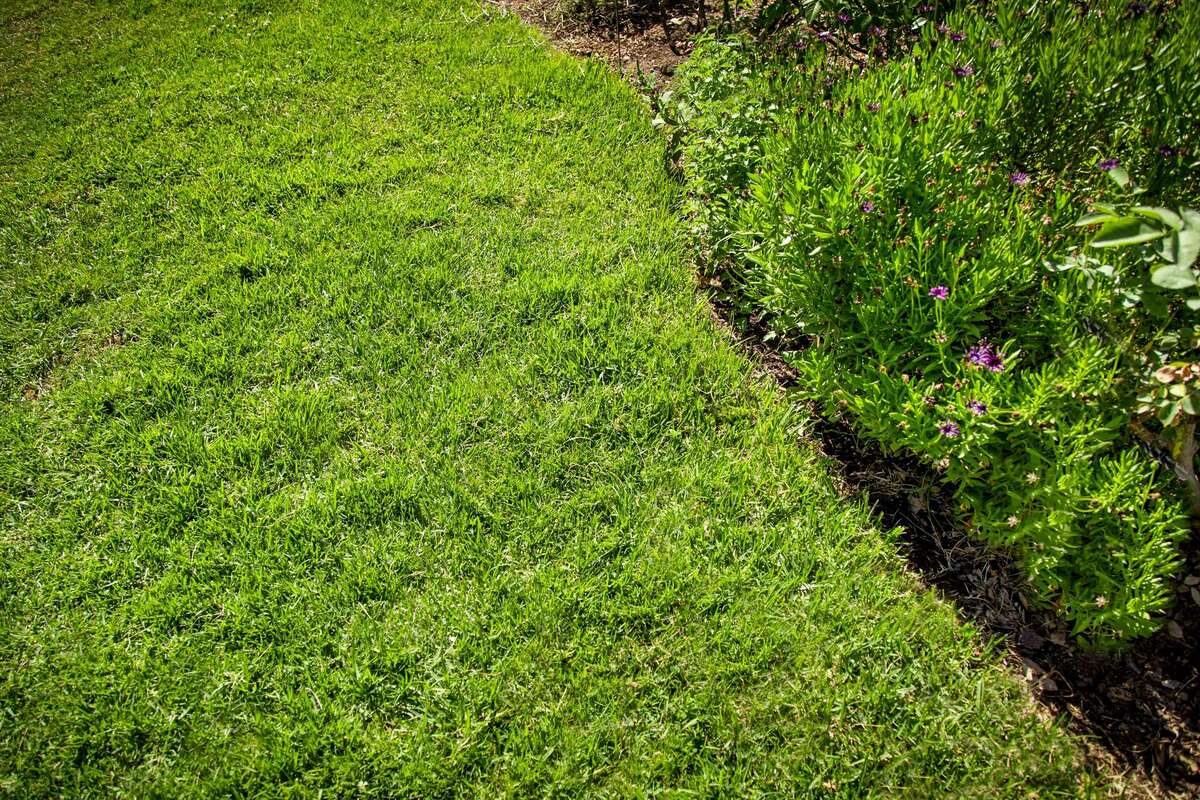

Landscaping Ideas
How To Get St. Augustine Grass To Spread
Modified: April 1, 2024
Learn effective landscaping ideas to encourage St. Augustine grass to spread and thrive in your yard. Discover expert tips for a lush, green lawn.
(Many of the links in this article redirect to a specific reviewed product. Your purchase of these products through affiliate links helps to generate commission for Storables.com, at no extra cost. Learn more)
Introduction
So, you've decided to transform your yard into a lush, green paradise, and you've chosen St. Augustine grass to achieve this dream. Excellent choice! St. Augustine grass is a popular warm-season grass known for its dense, carpet-like growth and vibrant green hue. However, getting this grass to spread and thrive requires more than just planting it and hoping for the best. In this comprehensive guide, we'll delve into the intricacies of promoting the spread of St. Augustine grass, from understanding its growth patterns to implementing effective maintenance strategies. By the end of this journey, you'll be equipped with the knowledge and techniques to cultivate a flourishing expanse of St. Augustine grass that will be the envy of the neighborhood. Let's embark on this green adventure together!
Key Takeaways:
- To help St. Augustine grass spread, ensure it gets enough sunlight, proper watering, and soil nutrients. Regular monitoring and maintenance are crucial for a healthy, lush lawn.
- Maintain St. Augustine grass by following proper mowing, fertilization, and weed control practices. Addressing bare areas and minimizing stress factors also support its healthy spread.
Understanding St. Augustine Grass
Before diving into the specifics of encouraging St. Augustine grass to spread, it's essential to grasp the nature of this resilient and visually stunning grass variety. St. Augustine grass (Stenotaphrum secundatum) is a warm-season grass that thrives in tropical and subtropical regions. It is prized for its lush, dense growth and ability to create a vibrant, uniform lawn.
This grass variety features broad, flat blades and boasts a rich green color that adds an inviting allure to any landscape. It performs admirably in areas with moderate to heavy foot traffic, making it an ideal choice for lawns, parks, and recreational spaces. Additionally, its rapid growth and robust nature enable it to recover quickly from damage, making it well-suited for active outdoor environments.
St. Augustine grass is known for its tolerance to shade, making it a favored option for lawns with partially shaded areas. However, it thrives best in full sun, displaying optimal growth and vibrancy when provided with ample sunlight. Understanding the unique characteristics and preferences of St. Augustine grass is crucial for creating an environment that fosters its spread and overall health.
It’s important to note that while St. Augustine grass exhibits impressive growth and resilience, it is not without its vulnerabilities. This grass variety is susceptible to certain pests and diseases, and its growth can be hindered by adverse environmental conditions. By familiarizing yourself with these factors, you can proactively address potential challenges and create an environment conducive to the flourishing spread of St. Augustine grass.
Factors Affecting St. Augustine Grass Spread
The spread of St. Augustine grass is influenced by a myriad of factors, each playing a significant role in determining the overall health and expansiveness of the lawn. Understanding these factors is essential for creating an environment that fosters the robust growth and propagation of this resilient grass variety.
1. Sunlight: Adequate sunlight is crucial for promoting the spread of St. Augustine grass. While it exhibits shade tolerance, optimal growth and spread occur in areas with full sun exposure. Insufficient sunlight can impede the grass’s ability to proliferate and create a dense, uniform lawn.
2. Soil Quality: The quality of the soil directly impacts the spread of St. Augustine grass. Well-draining soil with good fertility provides an ideal foundation for healthy growth and expansion. Conducting a soil test can offer valuable insights into the composition of the soil, allowing for targeted amendments to optimize conditions for the grass.
3. Watering Practices: Proper watering is essential for encouraging the spread of St. Augustine grass. While this grass variety exhibits moderate drought tolerance, consistent and deep watering promotes robust growth and lateral expansion. However, overwatering can lead to issues such as fungal diseases, so striking a balance is key.
4. Nutrient Levels: The availability of essential nutrients, such as nitrogen, phosphorus, and potassium, profoundly influences the spread of St. Augustine grass. Fertilizing the lawn with a balanced, slow-release fertilizer supports vigorous growth and aids in the development of a dense, lush lawn.
5. Pest and Disease Management: Pests and diseases can hinder the spread of St. Augustine grass if left unchecked. Regular monitoring for signs of infestations or disease, along with prompt intervention when necessary, is crucial for maintaining the grass’s health and promoting its expansion.
6. Traffic and Wear: The level of foot traffic and use the lawn receives can affect the spread of St. Augustine grass. While this grass variety is resilient, minimizing heavy traffic and activities that could cause compaction can support its lateral growth and overall vigor.
7. Climate and Environmental Conditions: The climate and environmental factors, such as temperature, humidity, and air circulation, play a pivotal role in the spread of St. Augustine grass. Creating an environment that aligns with the grass’s preferences enhances its ability to thrive and proliferate.
By addressing these factors and tailoring the lawn care practices to meet the specific needs of St. Augustine grass, you can effectively promote its spread and create a verdant, inviting landscape that showcases the beauty and resilience of this popular warm-season grass variety.
To get St. Augustine grass to spread, regularly mow it at the recommended height, water deeply but infrequently, and fertilize with a balanced fertilizer in the spring and fall.
Steps to Promote St. Augustine Grass Spread
Promoting the spread of St. Augustine grass involves a strategic approach that encompasses various aspects of lawn care and maintenance. By implementing the following steps, you can create an environment that nurtures the vigorous growth and expansion of this resilient warm-season grass.
1. Proper Planting: Begin by ensuring that the initial planting of St. Augustine grass sets the stage for successful spread. Planting sod or sprigs in well-prepared soil, with adequate spacing to allow for lateral growth, establishes a strong foundation for a lush, expansive lawn.
2. Adequate Watering: Consistent and deep watering is essential for encouraging the spread of St. Augustine grass. During the establishment phase, provide regular irrigation to promote root development and lateral growth. Once established, water deeply and infrequently to encourage the grass to spread and develop a robust root system.
3. Proper Mowing Techniques: Mow St. Augustine grass at the recommended height of 3 to 4 inches to promote its spread. Avoid scalping the lawn, as maintaining a moderate mowing height encourages the grass to develop lateral shoots and create a denser, more expansive turf.
4. Fertilization: Apply a balanced, slow-release fertilizer to provide the necessary nutrients for vigorous growth and spread. A fertilizer specifically formulated for St. Augustine grass can support its lateral expansion and overall health. Follow the recommended application rates and timings for optimal results.
5. Weed Control: Keep the lawn free of weeds that can impede the spread of St. Augustine grass. Regularly inspect the lawn for weeds and implement targeted control measures to prevent competition for resources and space, allowing the grass to proliferate unhindered.
6. Addressing Bare or Thin Areas: Promptly address any bare or thin areas in the lawn to facilitate the spread of St. Augustine grass. Overseeding or establishing new plugs in sparse areas encourages the grass to fill in and create a more uniform, expansive turf.
7. Monitoring and Maintenance: Regularly monitor the lawn for signs of stress, pests, or diseases that could hinder the spread of St. Augustine grass. Implement proactive maintenance practices, such as aerating and dethatching as needed, to create optimal conditions for the grass to thrive and proliferate.
8. Minimize Traffic Stress: Minimize heavy traffic and activities that can compact the soil and hinder the spread of St. Augustine grass. By reducing soil compaction and wear, you create an environment that supports the grass’s lateral growth and overall vigor.
By following these steps and tailoring your lawn care practices to align with the specific needs of St. Augustine grass, you can effectively promote its spread and cultivate a luxuriant, expansive lawn that enhances the beauty of your outdoor space.
Maintenance Tips for Healthy Spread
Maintaining the healthy spread of St. Augustine grass involves a combination of attentive care, proactive measures, and a deep understanding of the grass’s unique requirements. By incorporating the following maintenance tips into your lawn care routine, you can create an environment that nurtures the robust growth and expansive spread of this resilient warm-season grass.
1. Regular Irrigation: Provide consistent and deep watering to support the healthy spread of St. Augustine grass. During periods of insufficient rainfall, supplement with irrigation to ensure the grass receives the moisture it needs to thrive and proliferate.
2. Proper Mowing Practices: Adhere to the recommended mowing height of 3 to 4 inches for St. Augustine grass to encourage its lateral growth and create a dense, expansive turf. Avoid removing more than one-third of the grass blade in a single mowing session to minimize stress and promote healthy spread.
3. Fertilization Schedule: Develop a fertilization schedule tailored to the specific needs of St. Augustine grass. Apply a balanced, slow-release fertilizer at the recommended intervals to provide the essential nutrients that support vigorous growth, resilience, and lateral expansion.
4. Weed Management: Keep the lawn free of weeds that can impede the spread of St. Augustine grass. Implement proactive weed control measures to prevent competition for resources and space, allowing the grass to proliferate and create a lush, uniform turf.
5. Pest and Disease Monitoring: Regularly inspect the lawn for signs of pests and diseases that could hinder the healthy spread of St. Augustine grass. Promptly address any issues through targeted interventions to maintain the grass’s vigor and expansive growth.
6. Aeration and Dethatching: Periodically aerate and dethatch the lawn to alleviate soil compaction and promote optimal conditions for the grass to spread. These practices enhance root development, improve nutrient uptake, and support the lateral expansion of St. Augustine grass.
7. Addressing Bare or Thin Areas: Promptly address any bare or thin areas in the lawn to facilitate the healthy spread of St. Augustine grass. Overseeding or establishing new plugs in sparse areas encourages the grass to fill in and create a more expansive, resilient turf.
8. Minimize Stress Factors: Minimize stress factors such as heavy traffic, soil compaction, and environmental stressors to create an environment that supports the healthy spread of St. Augustine grass. By reducing sources of stress, you promote the grass’s resilience and expansive growth.
By integrating these maintenance tips into your lawn care regimen and consistently tailoring your practices to meet the specific needs of St. Augustine grass, you can foster its healthy spread and cultivate a vibrant, expansive lawn that enhances the beauty of your outdoor landscape.
Read more: How To Get St Augustine Grass Green
Conclusion
As we conclude our exploration of promoting the spread of St. Augustine grass, it’s evident that cultivating a lush, expansive lawn involves a harmonious blend of attentive care, strategic practices, and a deep understanding of this resilient warm-season grass variety. By embracing the unique characteristics and preferences of St. Augustine grass, you can create an environment that nurtures its robust growth and vibrant spread, transforming your outdoor space into a verdant oasis of natural beauty.
Understanding the factors that influence the spread of St. Augustine grass, from sunlight and soil quality to watering practices and pest management, empowers you to proactively address potential challenges and create optimal conditions for the grass to flourish. By tailoring your lawn care practices to align with the specific needs of this grass variety, you can effectively promote its spread and create a captivating landscape that captivates the senses and enriches the outdoor experience.
Implementing strategic steps, such as proper planting, adequate watering, and targeted maintenance, lays the groundwork for the healthy spread of St. Augustine grass. By following these steps and integrating maintenance tips into your routine, you can sustain the grass’s expansive growth, resilience, and visual appeal, elevating the overall aesthetics of your outdoor environment.
Ultimately, the journey to promoting the spread of St. Augustine grass is a rewarding endeavor that yields a multitude of benefits. From creating a welcoming, vibrant lawn for leisure and recreation to enhancing the curb appeal of your property, the results of fostering the healthy spread of this grass variety are both visually stunning and deeply gratifying.
As you embark on this green adventure, remember that each nurturing action, from watering and fertilizing to mowing and pest management, contributes to the collective tapestry of a thriving, expansive lawn. By embracing the art and science of lawn care tailored to St. Augustine grass, you embark on a journey that celebrates the beauty of nature and the transformative power of attentive stewardship.
So, with each blade of lush greenery that flourishes and extends, you are not only promoting the spread of St. Augustine grass but also cultivating a living masterpiece that enriches the landscape and brings joy to all who behold it. May your journey be filled with the vibrant growth, natural splendor, and the bountiful spread of St. Augustine grass, creating a captivating outdoor haven for all to enjoy.
Frequently Asked Questions about How To Get St. Augustine Grass To Spread
Was this page helpful?
At Storables.com, we guarantee accurate and reliable information. Our content, validated by Expert Board Contributors, is crafted following stringent Editorial Policies. We're committed to providing you with well-researched, expert-backed insights for all your informational needs.
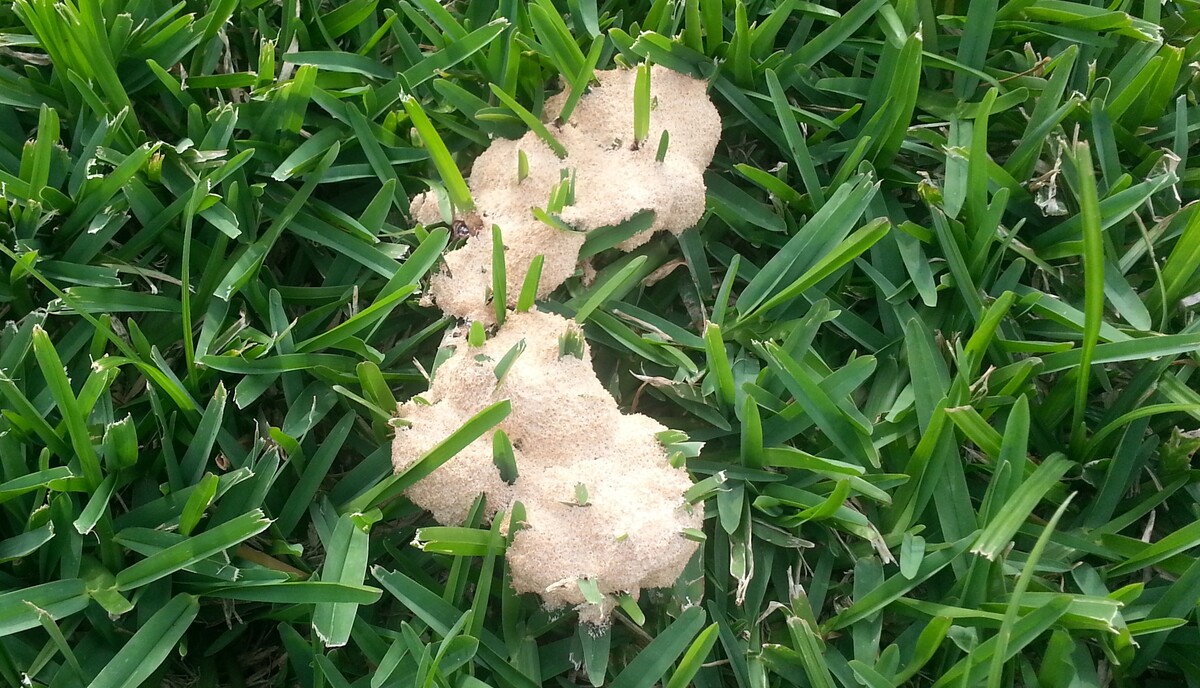
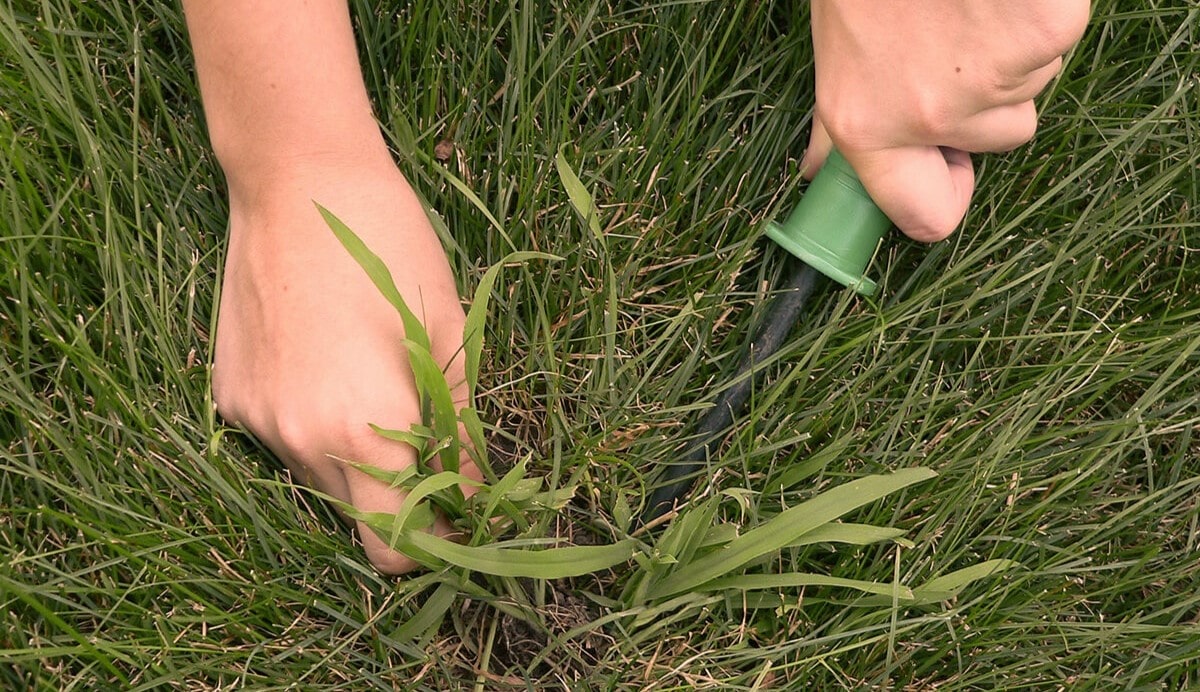
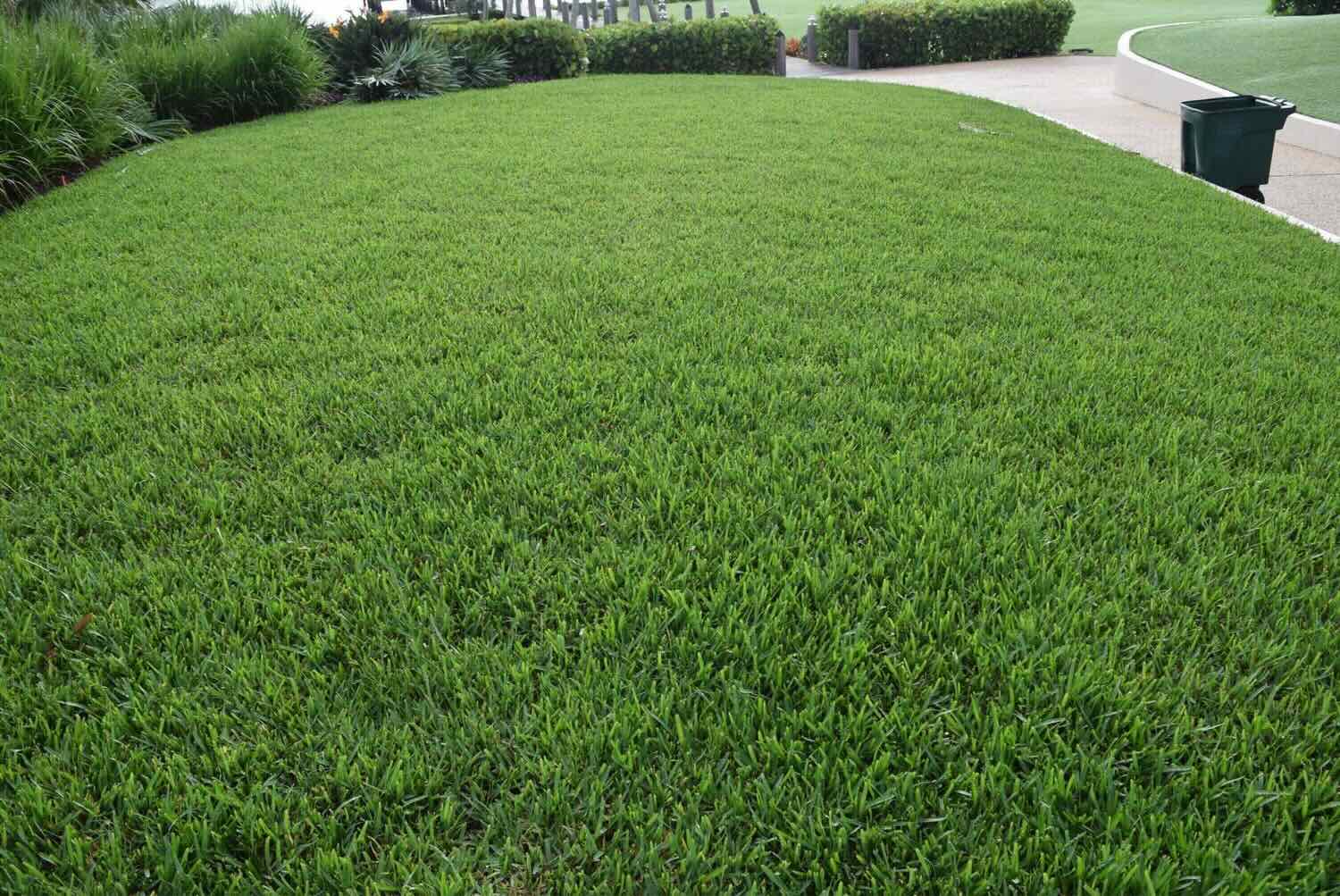
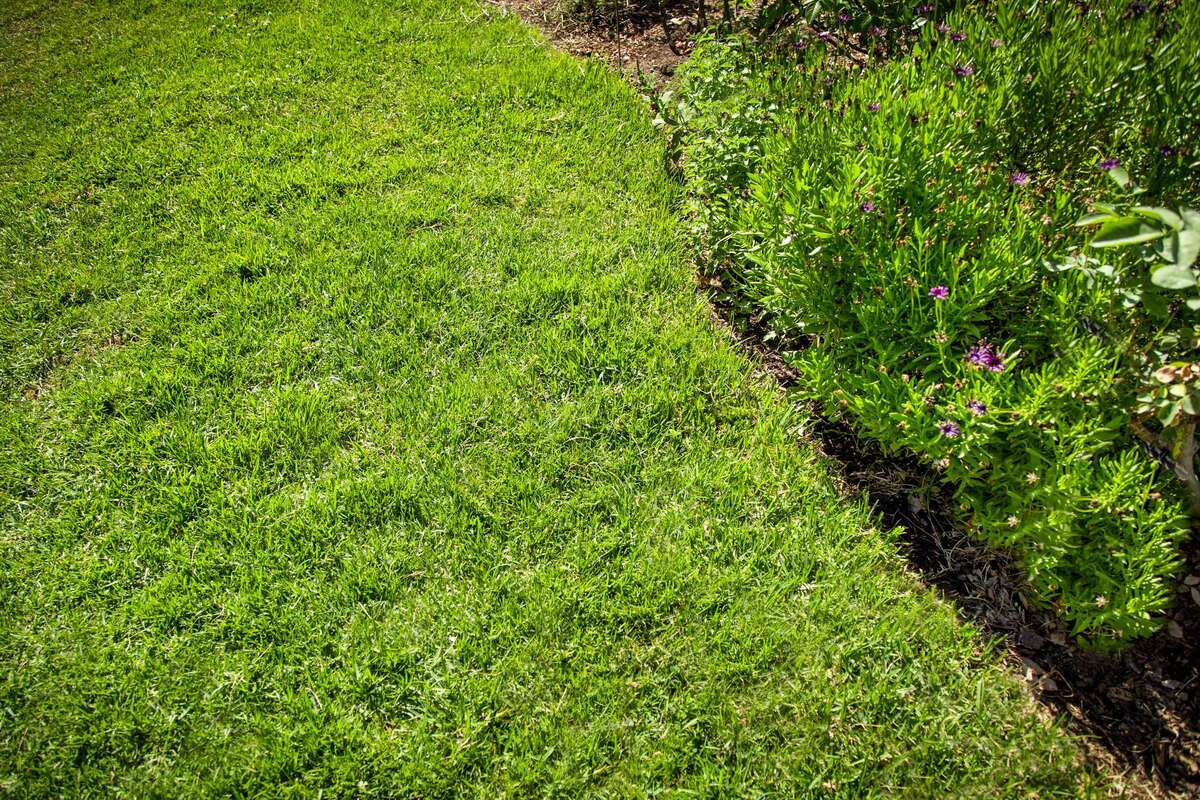
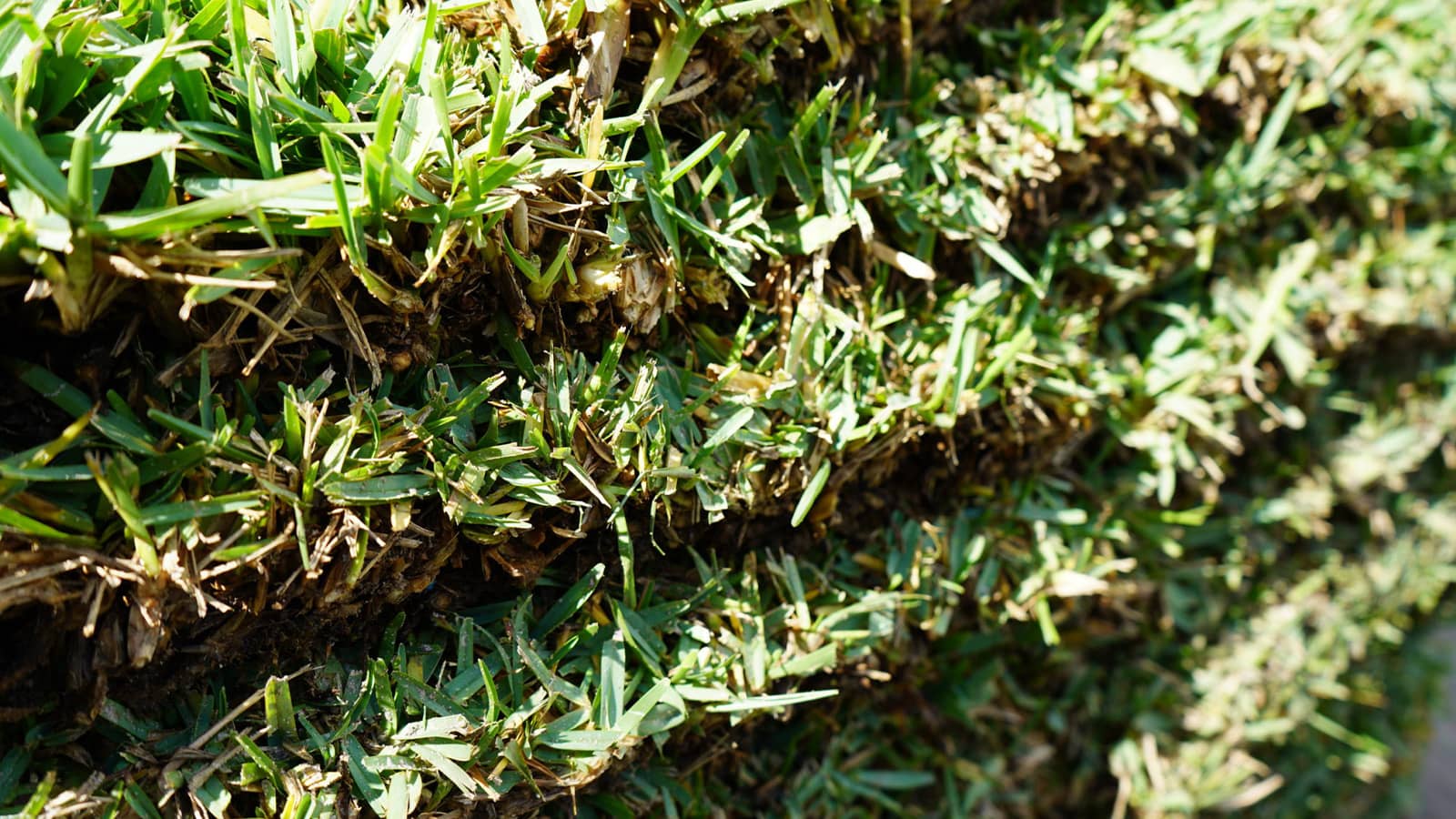
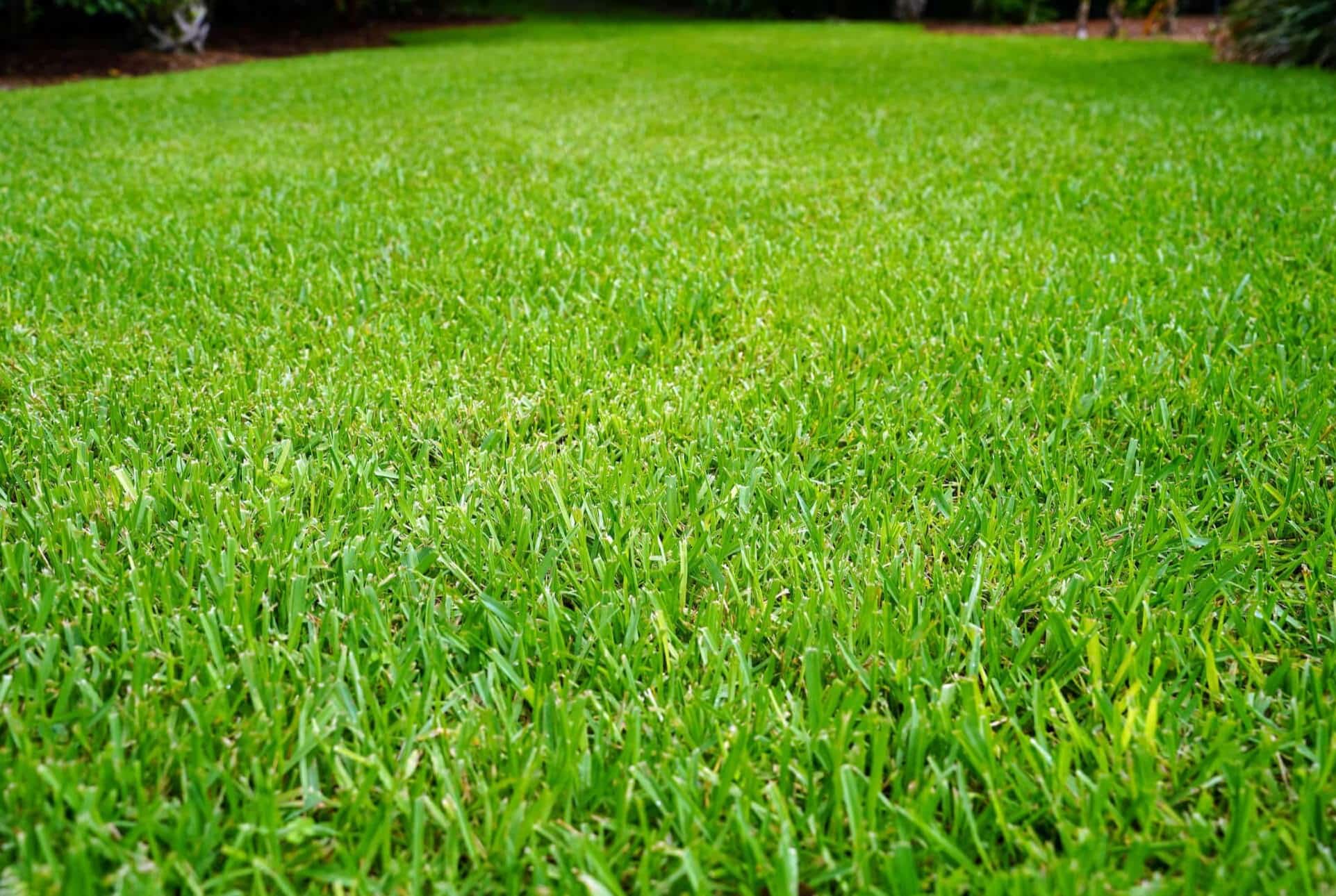
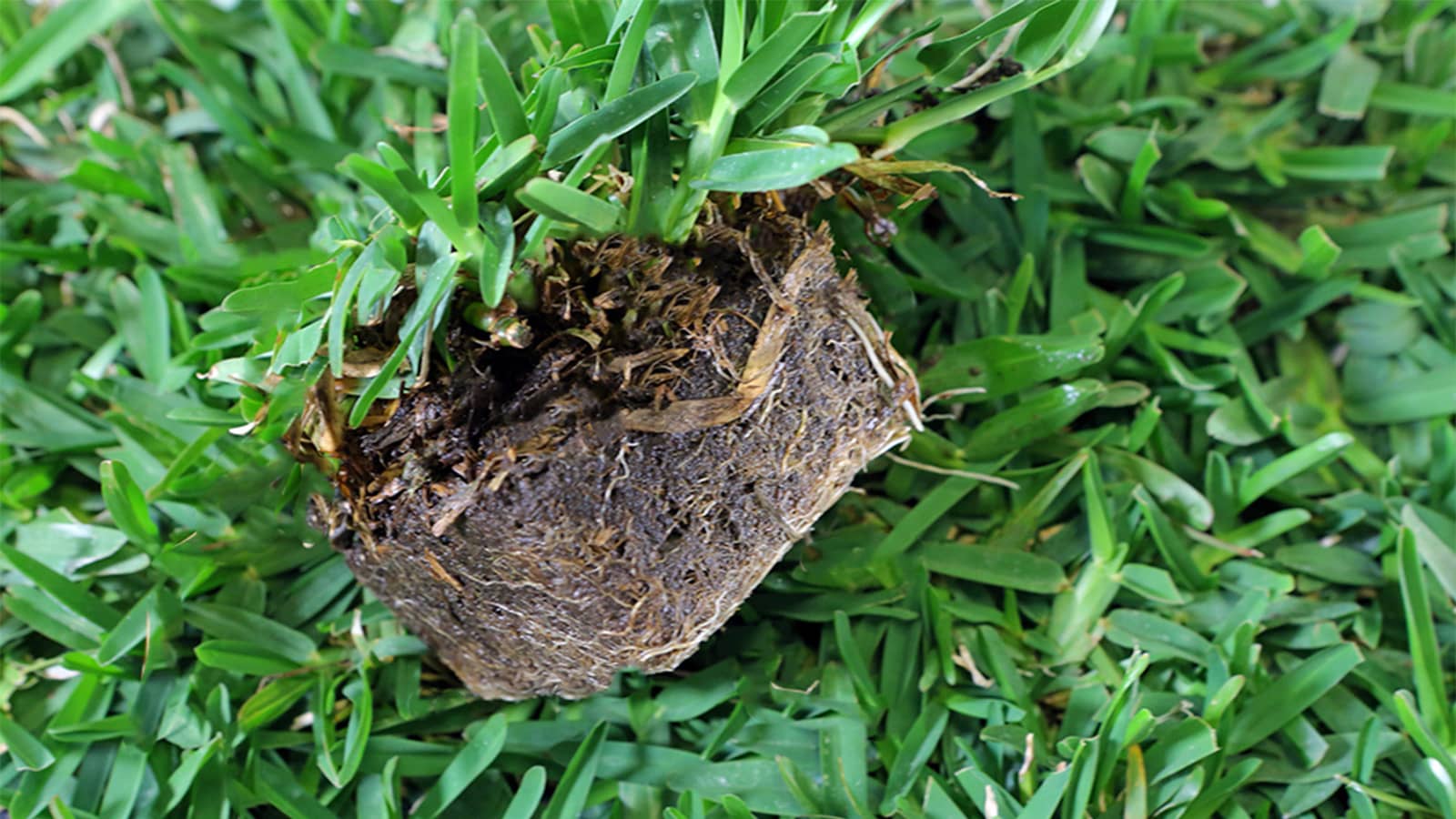
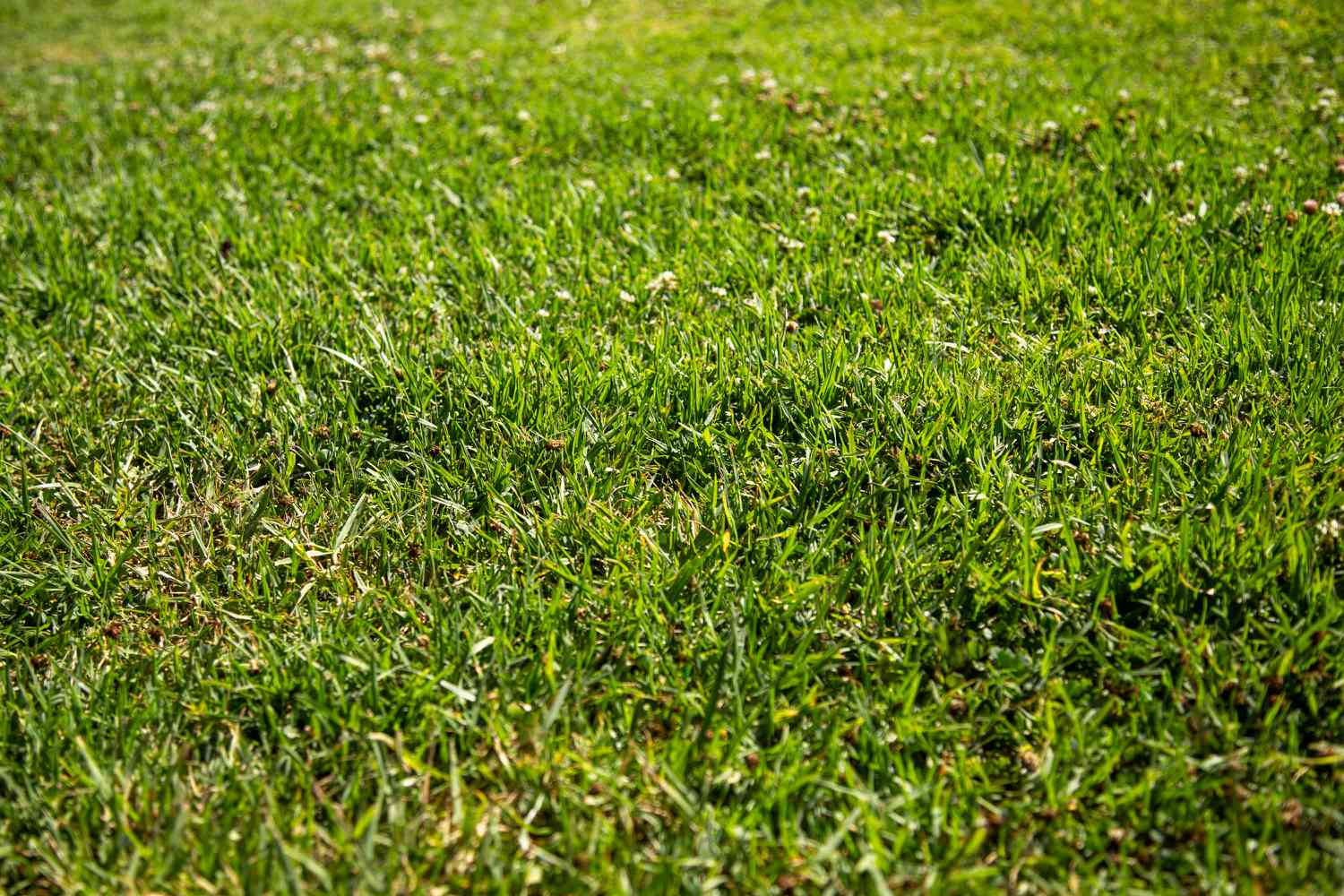
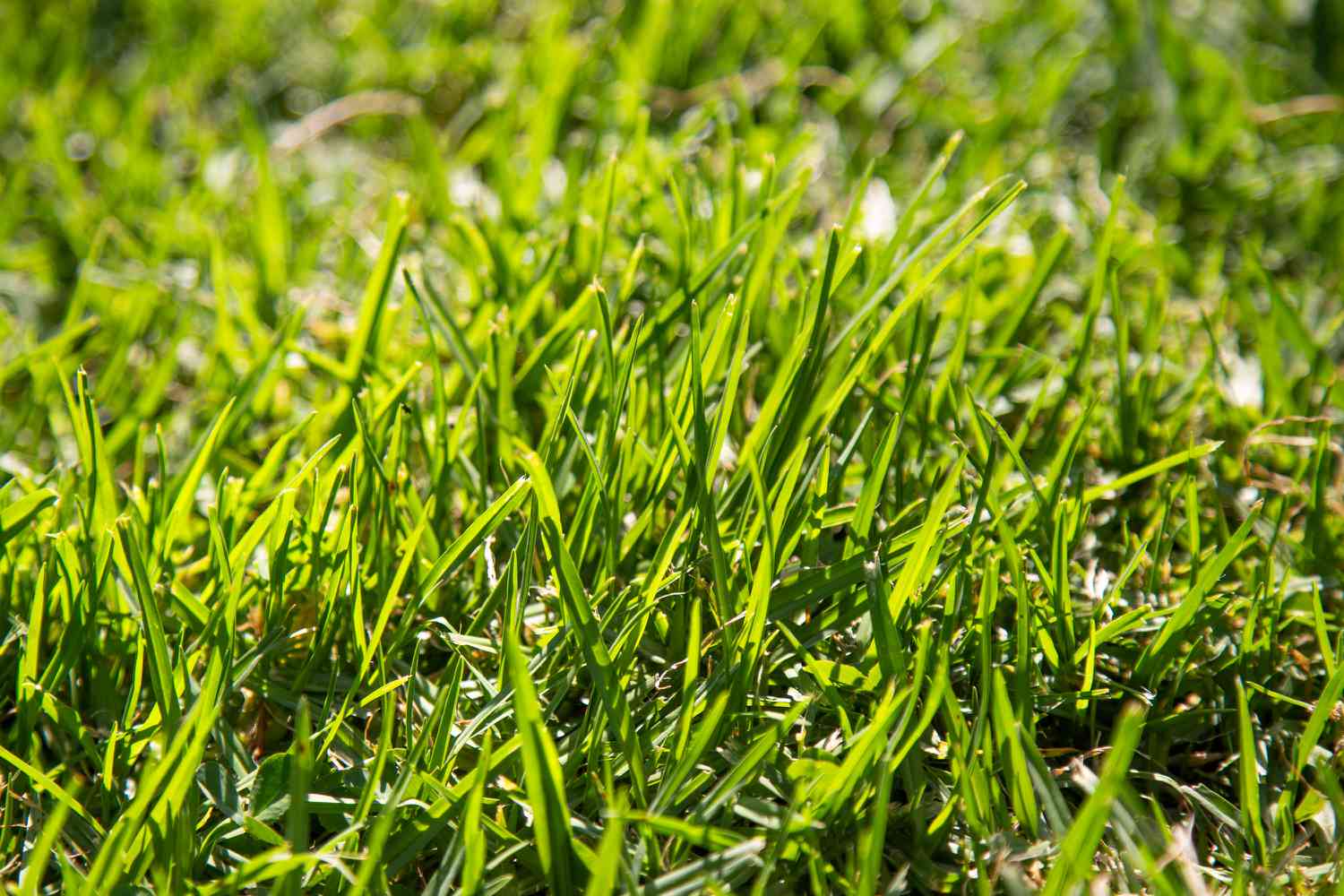
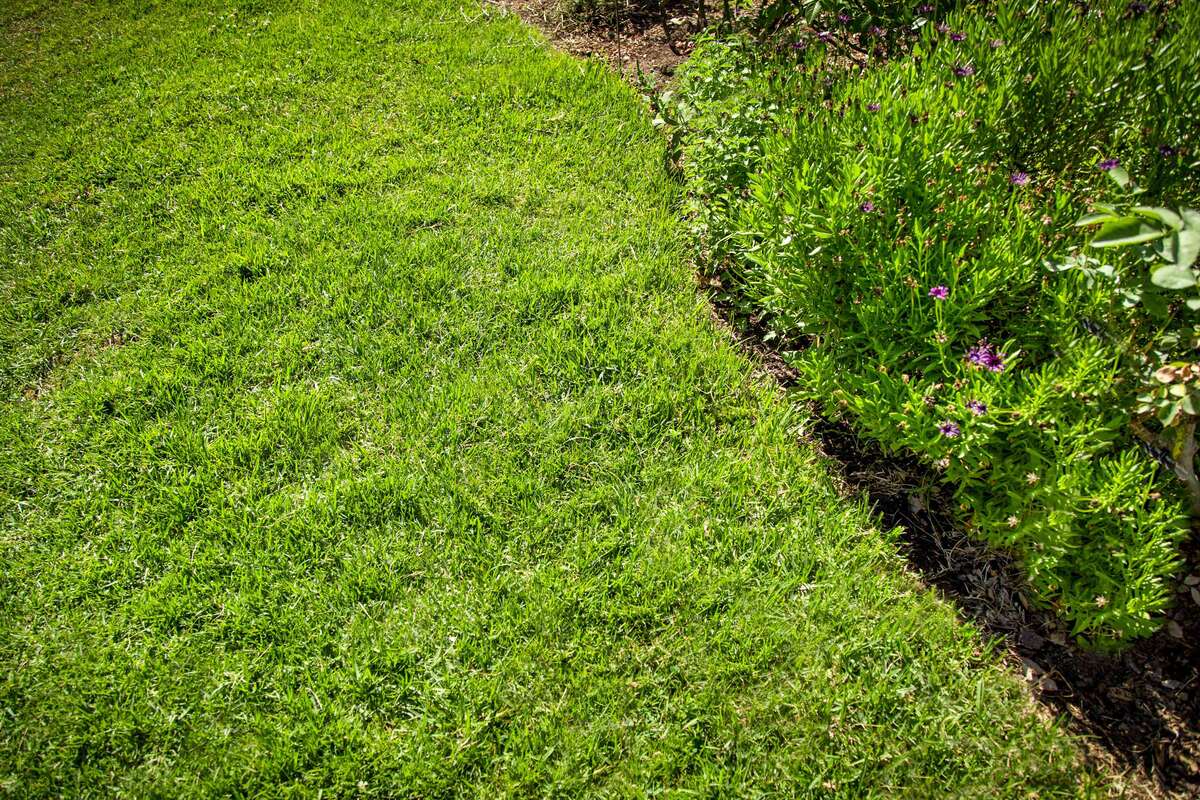
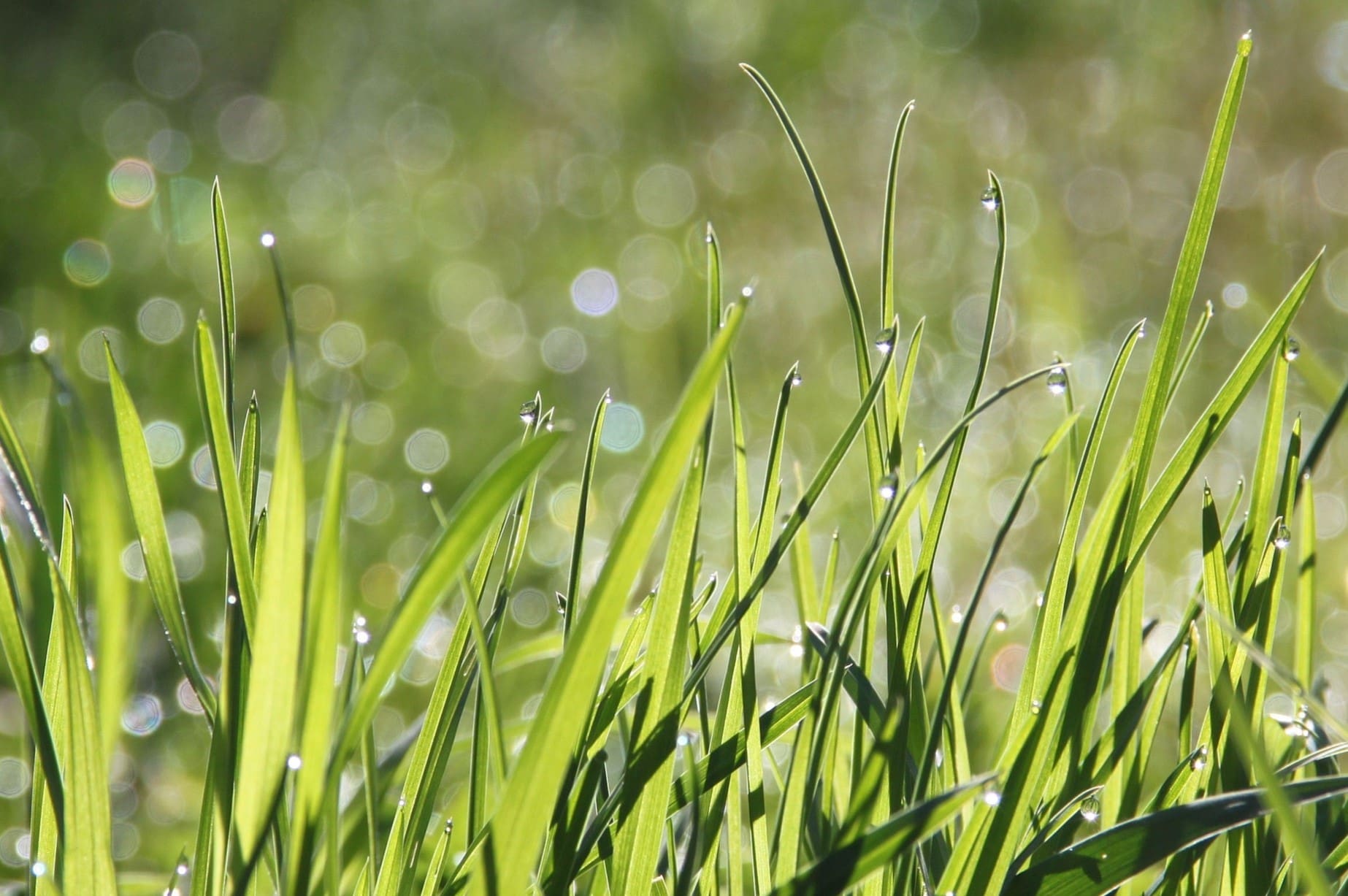
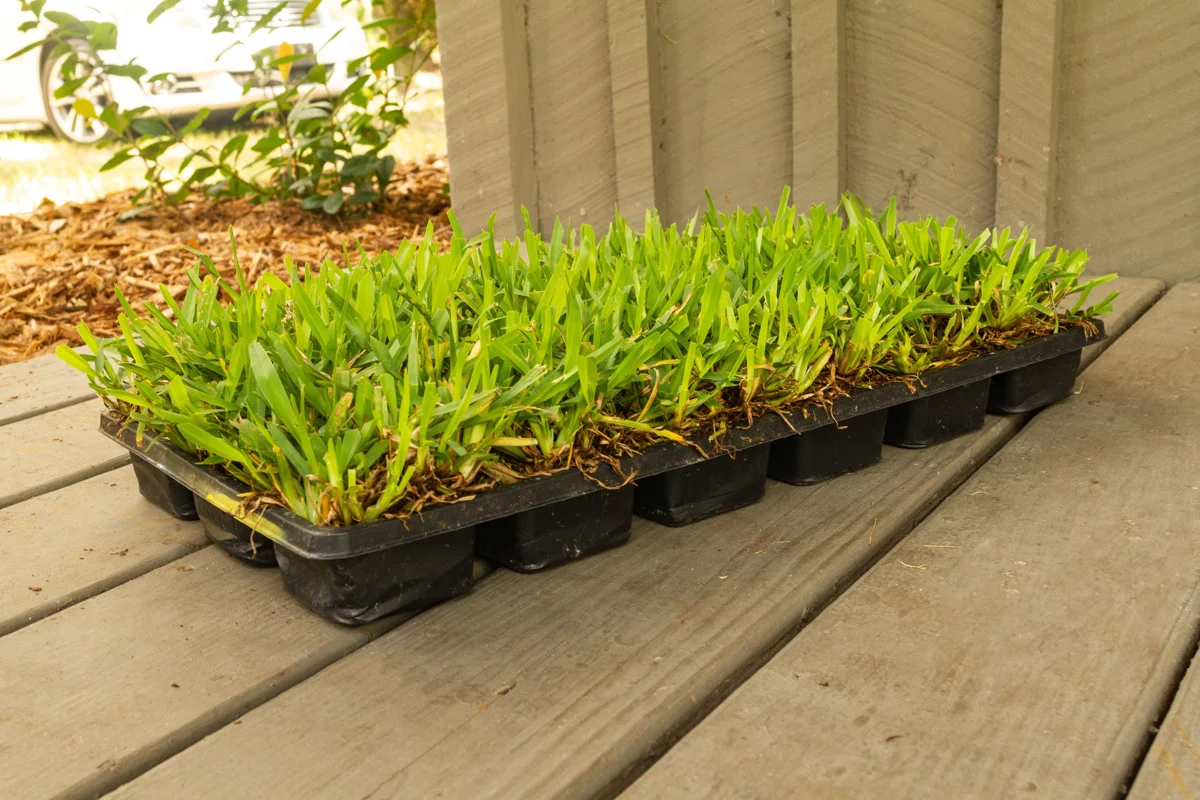
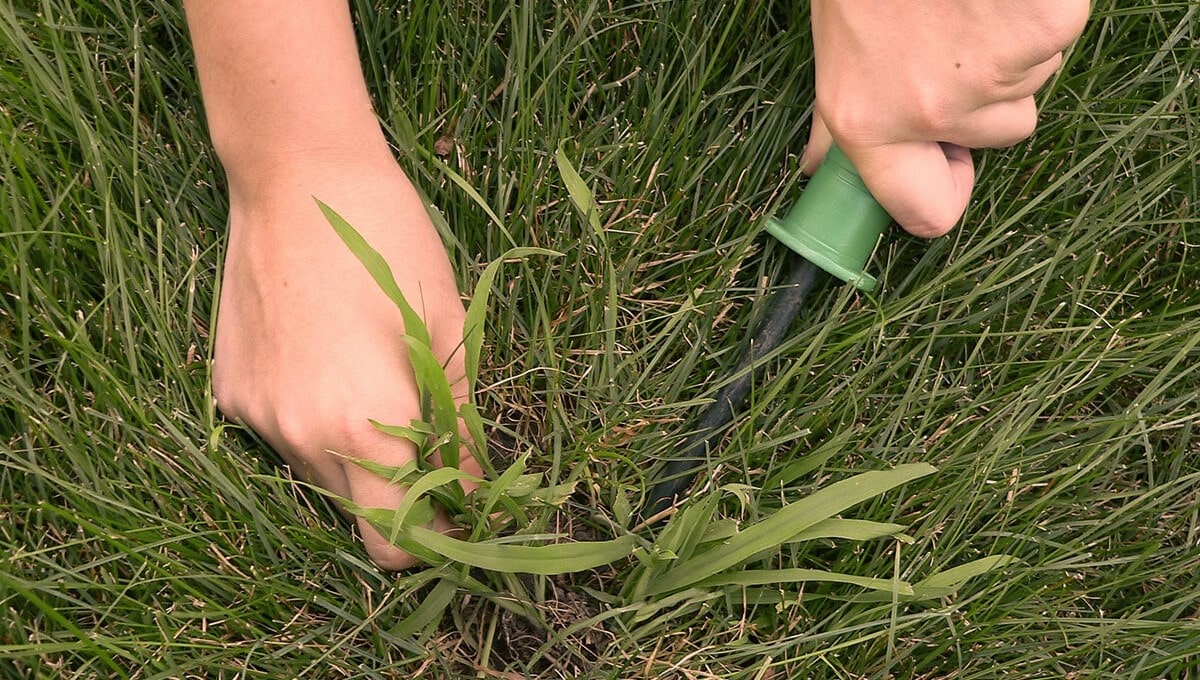
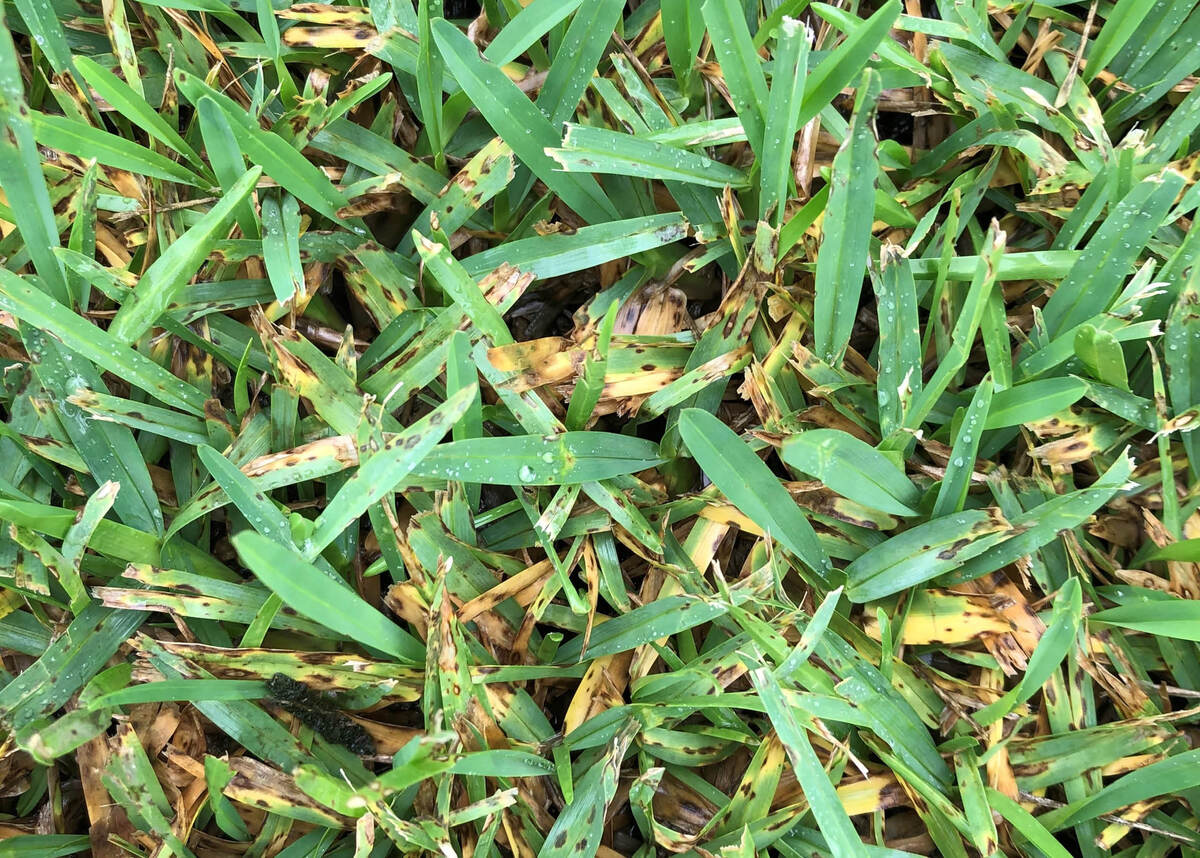

0 thoughts on “How To Get St. Augustine Grass To Spread”